We have been taking a tour of the animal body this year, and have already looked at the eyes, ears, nose, mouth and heart. The next system to explore is the lungs or respiratory system. For relaxed animals, breathing begins at the nose – in fact it can be a sign of serious trouble if a cat breathes through its mouth. From the nose, air is filtered in the nasal cavity and then conducted down the trachea, or windpipe, to the lungs. The lungs are contained within the chest cavity, or thorax, which is separated from the abdomen by a thin muscle called the diaphragm. The trachea splits into two main tubes, or bronchi, right in the middle of the chest. Each of these bronchi then splits and branches like tree branches, until ending in very tiny tubules called bronchioles. At the ends of these bronchioles are clusters of very thin walled sacs that could be compared to the leaves at the ends of branches or to clusters of grapes. These little sacs are called alveoli. Most of the tubes in the respiratory system are lined with a bit of mucus and lots of little hairs that trap debris and move it up and away from the alveoli. The alveoli are surrounded by blood vessels and this is where gas exchange occurs. Oxygen enters the blood stream and carbon dioxide is removed to be exhaled. The alveoli must be empty of all liquid and debris in order for this exchange to occur. The lungs are surrounded by a thin membrane called the pleura. There is nothing between the pleura and the chest wall – it is a true vacuum. Therefore, when the chest wall expands, so do the lungs, and air is drawn into the airways and alveoli. Exhaling occurs by contacting muscles to push the air out of the lungs.
We hope you enjoy these articles and they help you to breathe easy, knowing that we are here
to care for your pets. Come by and see us sometime.
by Bonnie Markoff, DVM, ABVP
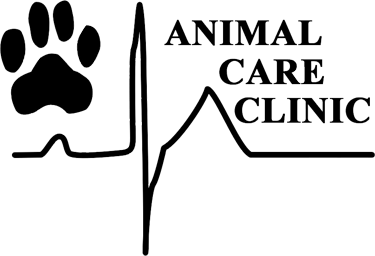

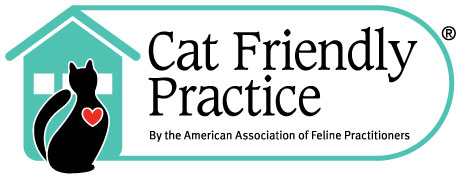

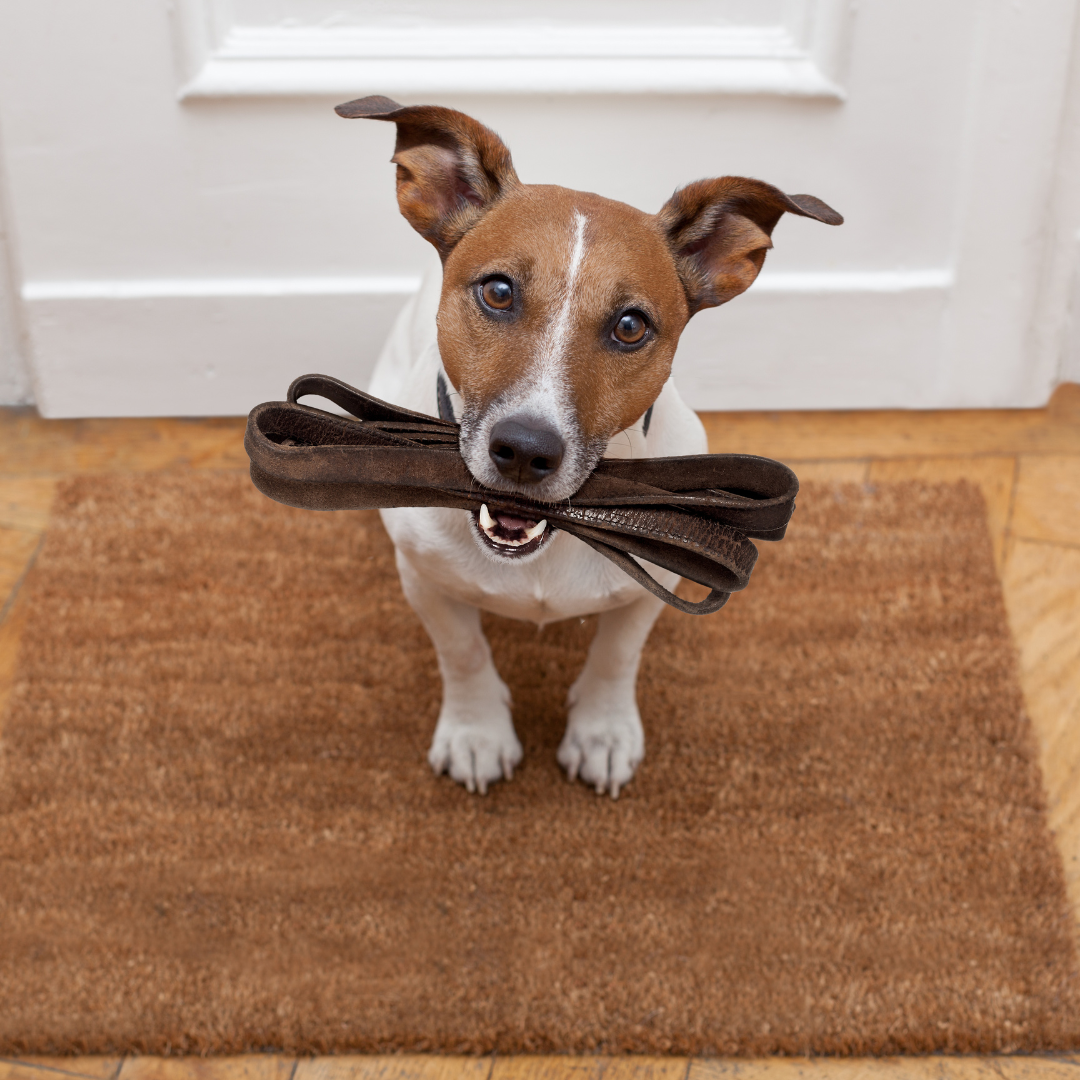

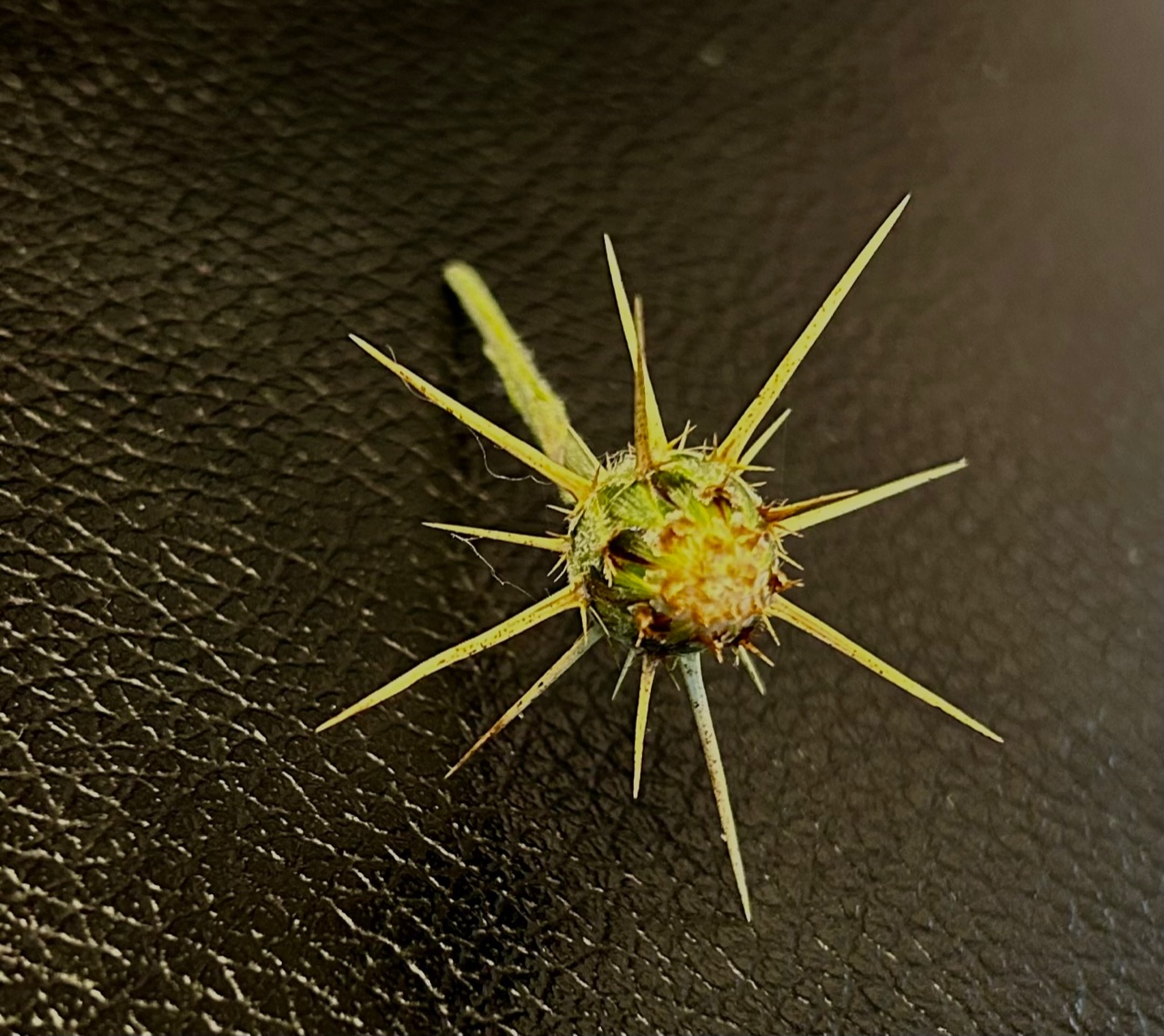

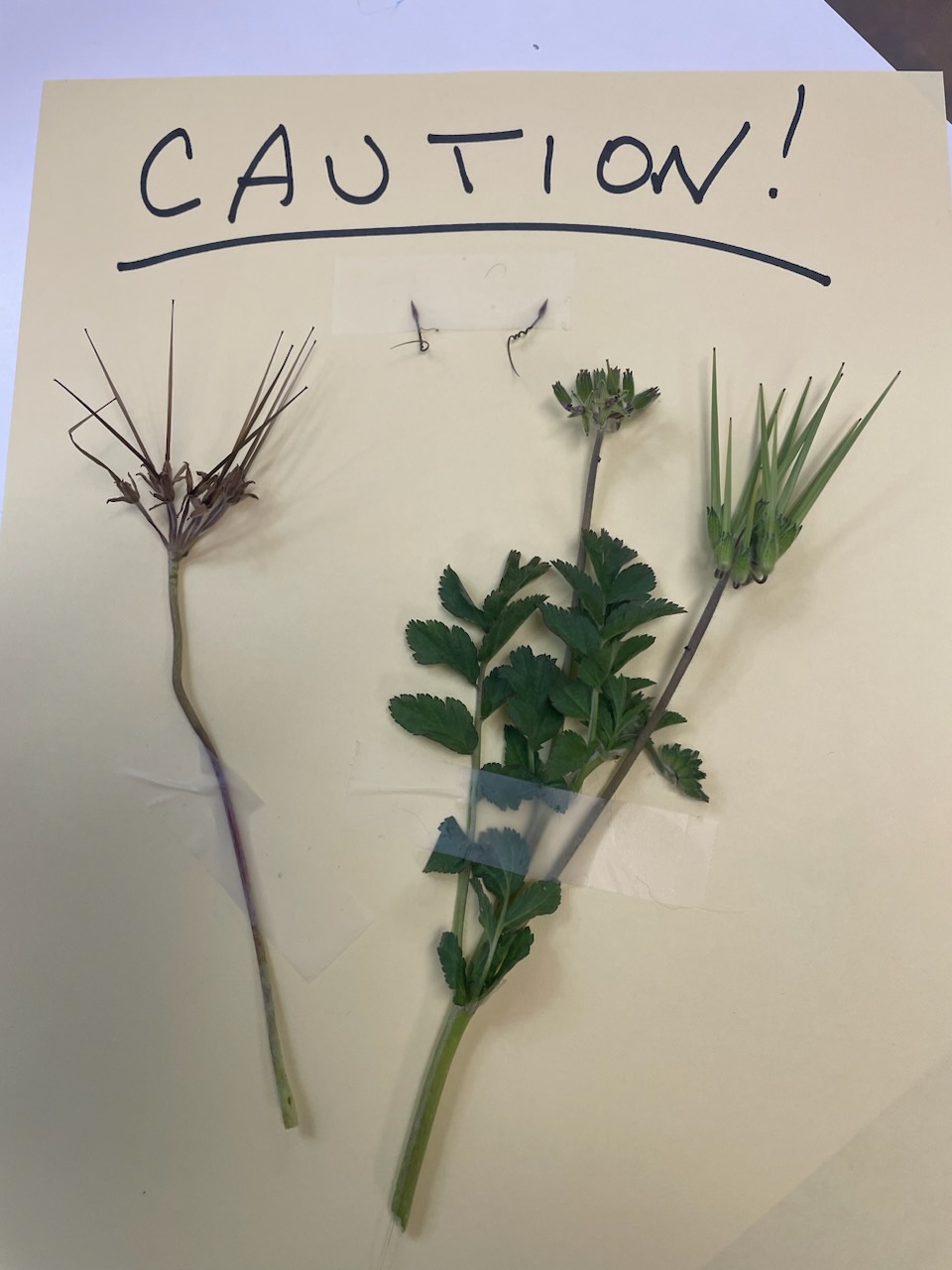
Leave A Comment
You must be logged in to post a comment.